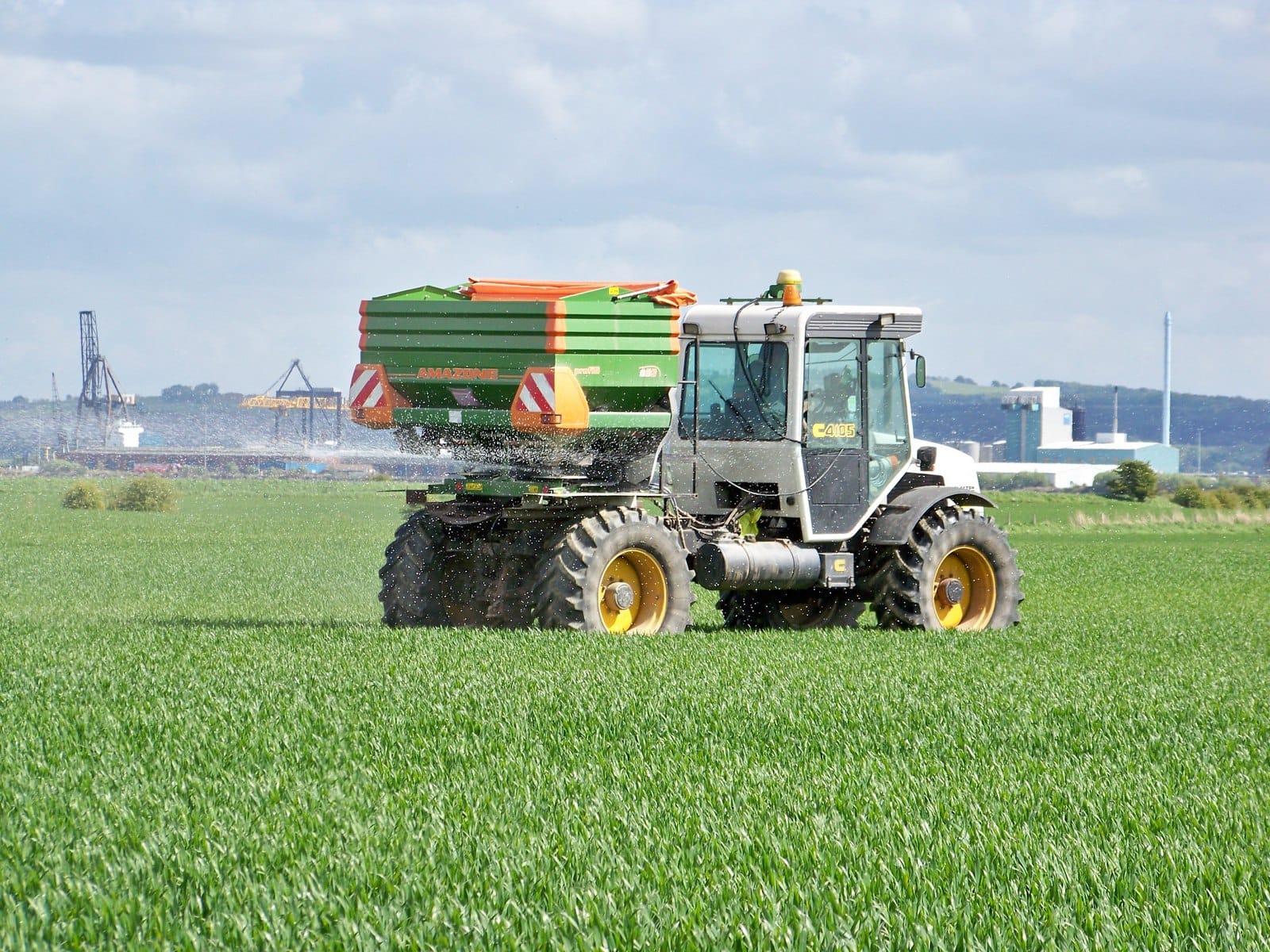Fertiliser is going green. Or is it?
About 80% of ammonia produced is used to make fertiliser. In terms of direct emissions, it is almost 2x as emissions intensive as crude steel production and 4x that of cement at approximately 2.4 t CO2 per tonne of production.
In this blog back in March 2023, we discussed what can be done to make it greener 👉🏾 https://www.thesustainableinvestor.org.uk/quick-insight-ammonia/
In the blog we highlighted that one way of making nitrogen based fertilisers more sustainable is to replace methane with green hydrogen as the feedstock for the ammonia production process.
Given this, at first glance the news that a fertiliser giant has signed a binding offtake agreement for 100,000 tonnes of renewable (green) ammonia per year sounds positive for reducing the GHG emissions from fertiliser production.
Yara has done just that with Indian developer ACME Group's wholly owned subsidiary GHC SAOC from a project in Oman.
However a couple of 'red flags':
Firstly and perhaps most importantly, Magnus Ankarstrand, president of Yara Clean Ammonia had this to say in a press release:
“Yara Clean Ammonia is a frontrunner in enabling the hydrogen economy across the shipping, food, power, and industrial sectors. The renewable ammonia from Oman will be part of our scalable distribution system, developing a reliable, safe, and cost-efficient supply chain for low emission ammonia across different market segments."
So... not necessarily to be used for making fertilisers then?
Secondly, to put the offtake agreement into perspective, in 2023, Yara's urea production capacity was 5.3 million tonnes per year. A tonne of ammonia is needed to produce 1.72 tonnes of urea, so even if the full offtake from GHC SAOC were used in urea production it would still only represent 3% of Yara's annual production of one fertiliser and feedstock.
So a positive spin would be 'a good start'.
There are examples of onsite green hydrogen-to-fertiliser plants - we wrote about one such example previously in Kenya. It's small scale so costs are challenging, but there is also an energy and feedstock security benefit of not having to rely on, for example, Russian gas 👉🏾 https://www.thesustainableinvestor.org.uk/kenya-farm-hosts-first-on-site-green-hydrogen-to-fertiliser-plant/
And on the cost issue, all of this is before, as Paul Martin points out, "there'd be the sticky problem of finding a way to force farmers to pay more for green than for black ammonia, i.e. Yara's normal product."
This might not be a totally insurmountable issue. We know that, even in the absence of such supply security concerns, there may be a willingness for customers to pay a green premium in some products. Steel is a good example.
There have been some great advances in green steel production and in scaling up solutions but there remains a gap in price between traditionally produced steel and green steel. However a driver for adoption could be carbon pricing. The carbon price in Europe (ETS) was €60/t CO2e at the beginning of March 2024.
The EU's Carbon Border Adjustment Mechanism (CBAM) is likely to help bridge the gap between traditional steel pricing and even premium priced green steel. In January 2024, ArcelorMittal priced hot-dip galvanised coils, used in automotive, at €920/t, which implies a 'breakeven' with green steel at a 13% premium at current carbon prices.
In the automotive industry, there has been a clear willingness to pay a premium with several major automotive manufacturers signing offtake agreements - for example, GM and Mercedes-Benz signing agreements with ArcelorMittal and H2 Green Steel respectively.
As production of green steel scales helped by CBAM in Europe and IRA, IIJA and Buy American Act in the US, incorporating green steel would increase the cost of an average car by around $100-200, according to ArcelorMittal CEO Aditya Mittal - an immaterial cost. With about 900 kg of steel going into a car and green premiums at €200-€300/t, that seems reasonable.
This article featured in What Caught Our Eye, a weekly email featuring stories we found particularly interesting during the week and why. We also give our lateral thought on each one. What Caught our Eye is available to read in full by members.
If you are not a member yet, you can read What Caught Our Eye when it comes out direct in your email inbox plus all of our blogs in full...

Click this link to register 👉🏾 https://www.thesustainableinvestor.org.uk/register/

Please read: important legal stuff.


